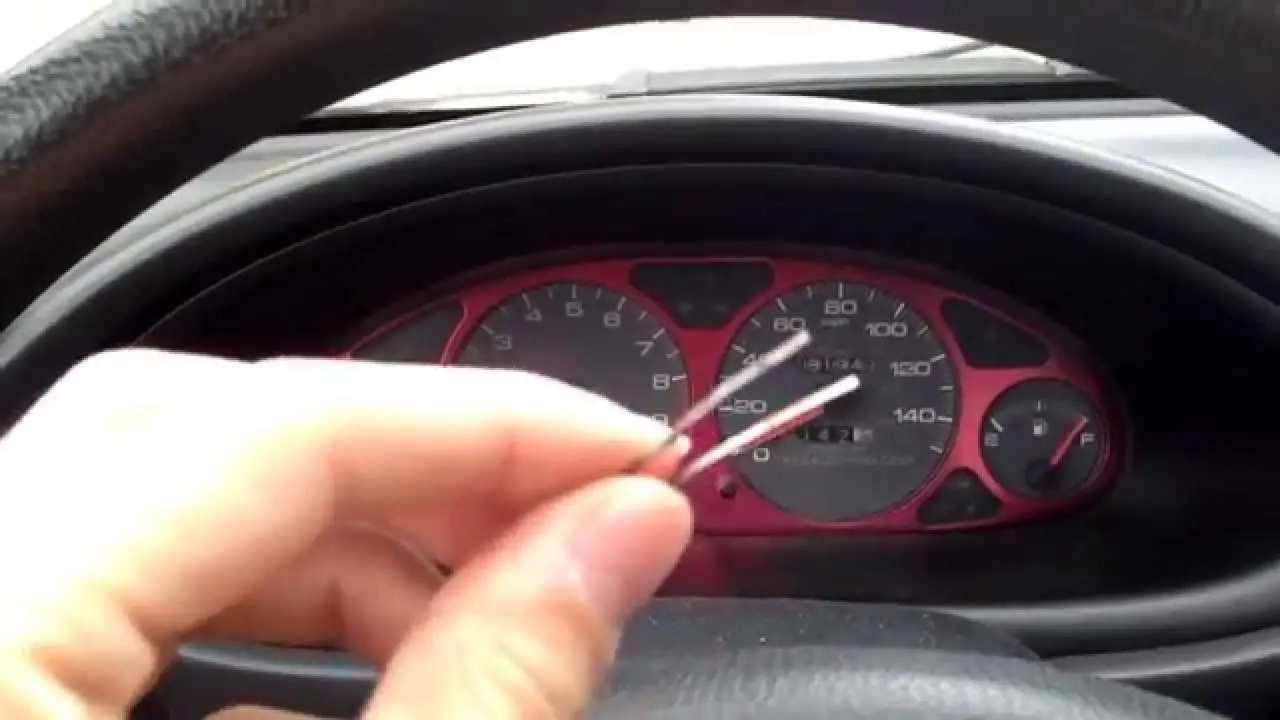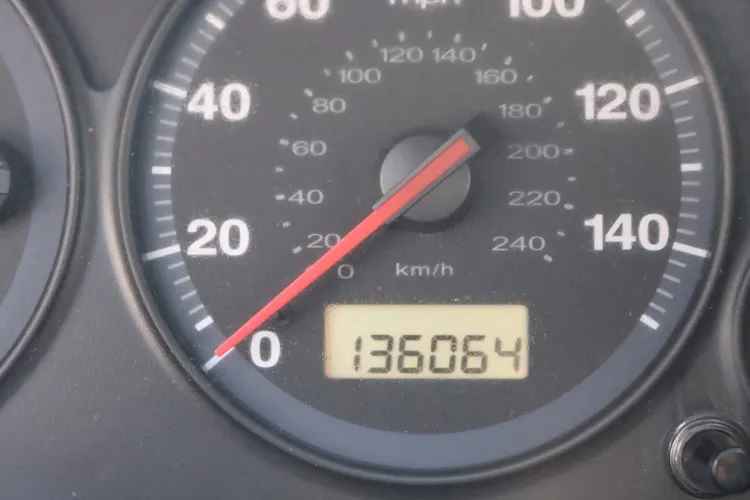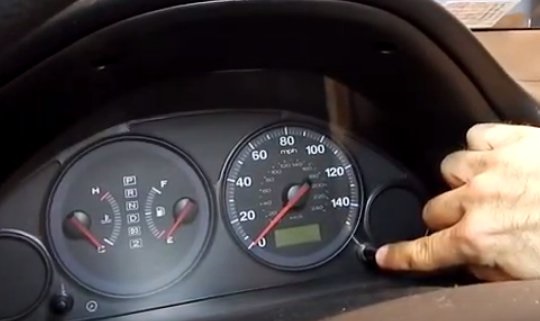As a car owner, you already understand that the check engine light is typically the first indication that something is wrong with your car before reading the codes. However, you may want to know if your vehicle can throw codes without the check engine light coming on.

In this article, we will discuss what OBD-II codes are, whether your car can throw codes without the check engine light, why the check engine light may not come on, and how to check for codes without the check engine light.
Understanding OBD-II Codes
OBD-II (On-Board Diagnostics II) codes are used to indicate problems with a car’s engine, transmission, and other systems. These codes are stored in the car’s computer and can be read with a diagnostic tool.
There are over 3,000 possible codes that can be thrown by a car, each corresponding to a specific issue. When a code is thrown, the car’s computer will store it in its memory.
This allows mechanics and technicians to easily access and diagnose the problem using a diagnostic tool, such as a code reader or scanner.
The check engine light is typically the first indication that a code has been thrown. However, this is not always the case as a code may be thrown without the check engine light coming on.
Reasons for a Check Engine Light Not Coming On
There are several reasons why the check engine light may not come on even after codes have been thrown. Here are the most common reasons:
Faulty Sensor:
One of the most common reasons is a faulty sensor. Sensors are responsible for monitoring various systems in the car, such as the engine and transmission.
When a sensor fails, it can cause a code to be thrown, but the check engine light may not come on.

Weak Battery
Another common reason for the check engine light not coming on is a weak battery. A weak battery can cause the car’s computer to reset and erase the stored codes, making it difficult to diagnose the problem.
In addition, a weak battery can also cause the check engine light to flicker or come on briefly, making it difficult to notice.
Malfunctioning Check Engine Light
A third reason for the check engine light not coming on is a malfunctioning check engine light. This may happen when the light itself is burned out or when the wiring connections between the light and the car’s computer are damaged.
It’s important to note that some cars also have a secondary warning light or message center that may come on instead of the check engine light. Some vehicles may also have an inbuilt code reader that can access the codes without a scanner.
How to Check for Codes Without a Check Engine Light
As a car owner, it’s important to regularly check for codes even if the check engine light is not on. This can help you identify and fix problems before they become major issues.
Here are some tips and tricks for checking for codes without the check engine light coming on:
Use a diagnostic tool:
A code reader or scanner is the most reliable way to check for codes. These tools can be purchased or rented, and they will allow you to read the codes stored in the car’s computer.
Make sure to use a tool that is compatible with your car’s make and model.
Check the secondary warning lights:
As mentioned earlier, some cars may have a secondary warning light or message center that comes on instead of the check engine light. Check your car’s owner’s manual to see if this is the case for your vehicle, and pay attention to any warning lights that come on.
Listen for unusual noises:
Unusual noises, such as knocking or ticking, can indicate a problem with the engine or transmission. These noises may be caused by a code being thrown, so it’s important to pay attention to them and have the car checked out by a mechanic if you notice anything unusual.
Check the car’s performance:
Changes in the car’s performance, such as a decrease in power or an increase in fuel consumption, can also indicate a problem. These changes may be caused by a code being thrown, so it’s important to pay attention to them and have the car checked out by a mechanic if you notice anything unusual.
Check the car’s service records:
Car service records can provide valuable information about the car’s history and any codes that have been thrown in the past. This information can help you identify patterns and potential issues, and it can also be used to make informed decisions about the car’s maintenance and repairs.

Conclusion
In conclusion, a car can throw codes without the check engine light coming on. It’s important to understand this concept as a car owner, as it can help you identify and fix problems before they become major issues.
By regularly checking for codes, listening for unusual noises, paying attention to changes in the car’s performance, and checking the car’s service records, you can ensure that your car is running properly and safely.
Remember to use a diagnostic tool that is compatible with your car’s make and model and check the secondary warning lights and message center as well.
How often should I check for codes even if the check engine light is not on?
It is recommended to check for codes at least once a year or every 12,000 miles whichever comes first. Regular checkups can help you identify and fix problems before they become major issues.
If you notice any unusual noises, changes in the car’s performance, or have any doubts, it’s best to have your car checked out by a mechanic.
Can I check the codes myself or do I need to take it to a mechanic?
You can check the codes yourself if you have a diagnostic tool and know how to use it. However, if you’re not familiar with the process or if you’re unsure of what the codes mean, it’s best to take the car to a mechanic.
They can use their diagnostic tools to read the codes and diagnose the problem.
Will the check engine light come on if the problem is with the transmission or another system?
Not always. The check engine light is used to indicate problems with the engine and other systems, but it may not come on if the problem is with the transmission or another system.
This is why it’s important to pay attention to other warning lights and messages, as well as any unusual noises or changes in the car’s performance.
Does a weak battery cause the check engine light not to come on?
Yes, a weak battery can cause the check engine light not to come on. A weak battery can cause the car’s computer to reset and erase the stored codes, making it difficult to diagnose the problem.
It can also cause the check engine light to flicker or come on briefly, making it difficult to notice.
Will a check engine light come on if the check engine light itself is malfunctioning?
No, if the check engine light itself is malfunctioning, it will not come on. This is why it’s important to regularly check for codes and diagnose problems, even if the check engine light is not on, to ensure the car is running properly and safely.
